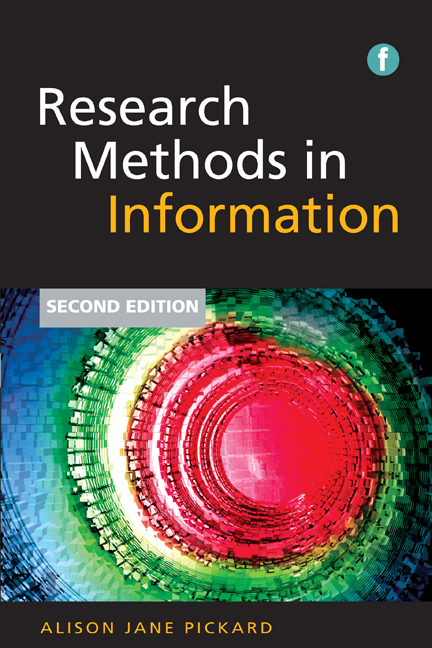Book contents
- Frontmatter
- Contents
- Preface to the second edition
- Acknowledgements
- Introduction
- Part 1 Starting the research process
- Part 2 Research methods
- Part 3 Data collection techniques
- 17 Interviews
- 18 Questionnaires
- 19 Observation
- 20 Diaries
- 21 Focus groups
- 22 Analysis of existing, externally created material
- Part 4 Data analysis and research presentation
- Part 5 Glossary and references
- Index
19 - Observation
from Part 3 - Data collection techniques
Published online by Cambridge University Press: 08 June 2018
- Frontmatter
- Contents
- Preface to the second edition
- Acknowledgements
- Introduction
- Part 1 Starting the research process
- Part 2 Research methods
- Part 3 Data collection techniques
- 17 Interviews
- 18 Questionnaires
- 19 Observation
- 20 Diaries
- 21 Focus groups
- 22 Analysis of existing, externally created material
- Part 4 Data analysis and research presentation
- Part 5 Glossary and references
- Index
Summary
A major advantage of direct observation … is that it provides here-and-now experience in depth.
(Lincoln and Guba, 1985, 273)Introduction
Observations are carried out in order to provide evidence of the ‘here and now’, to discover how people behave and interact in particular situations. Almost all research involves observation of some sort, from the most formulaic laboratory experiment to the most natural ethnographic observation. In this chapter I want to focus on observ - ation as a direct and stated technique of data collection, not as a casual observation of the activity taking place. In this sense the observation needs to be designed, constructed and implemented as you would any other data collection instrument. Casually watching what takes place in a research setting is unlikely to lead to any real evidence that can be analysed and interpreted. The human memory is extremely selective; even the most experienced observer needs some form of aide-memoire to counteract the possibility of selective remembering.
It is difficult to say when it is appropriate to use observational techniques in data collection. ‘As the actions and behaviours of people are a central aspect in virtually any enquiry, a natural and obvious technique is to watch what they do, to record this in some way and then describe, analyse and interpret that we have observed’ (Robson, 1997, 190). There are very few research situations that could not benefit from some form of observation, but your decision isn't really ‘is it appropriate?’ but more ‘is it the most appropriate?’ Once you decide it is the most appropriate technique then you need to decide on the form and structure.
Patton (1987, 81) describes five dimensions of variation in approaches to observation:
• the role of the observer
• portrayal of that role to others
• portrayal of the purpose of the research
• duration of the observations
• focus of the observations.
These five dimensions provide a useful framework for discussing your option choices when considering how to observe, your role in the process of observing, and what to observe.
Information
- Type
- Chapter
- Information
- Research Methods in Information , pp. 225 - 234Publisher: FacetPrint publication year: 2013
